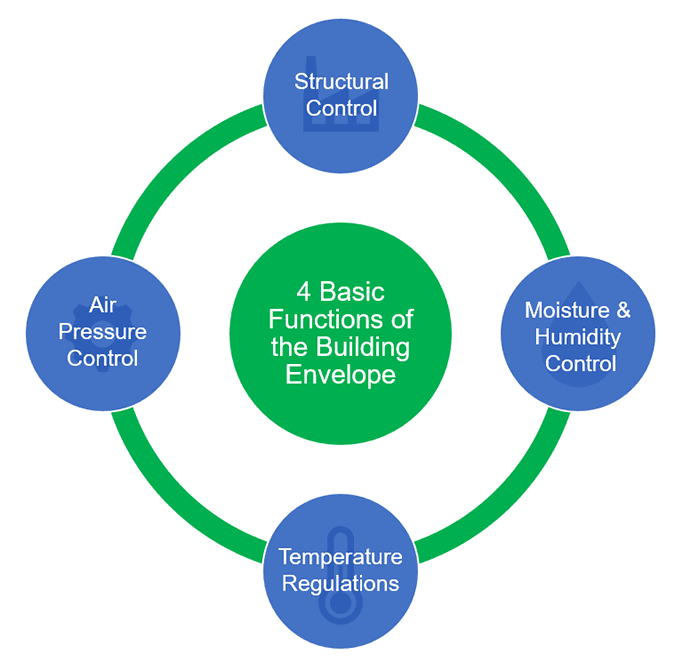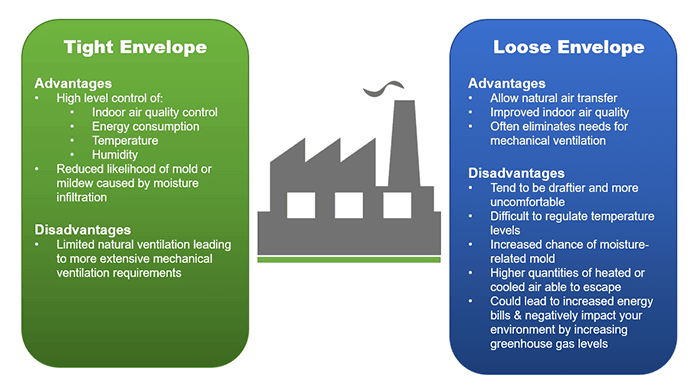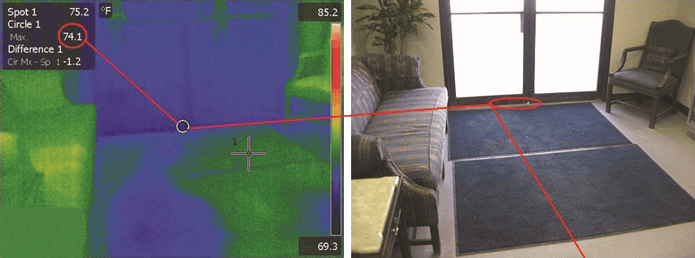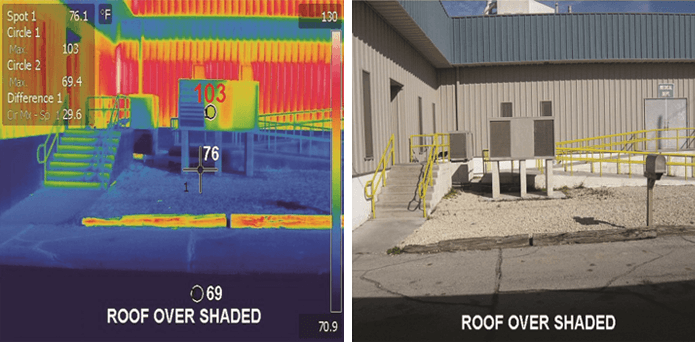Designing the Journey
Let us help you get started by registering for our one-day executive ESG Consulting Workshop
“Energy Management” is a term that has several meanings, but for the purposes of this article, we are mainly concerned with the one that relates to saving energy in businesses, industrial environments, and public-sector or government organizations. When it comes to energy savings, energy management is the process of monitoring, controlling, and conserving energy in a building or organization.
Typically, this involves the following steps:
When you look around, there are many companies that provide energy management services offering a vast array of products and services that are intended to help the end-user not only understand their inefficiencies but the actions they can take to become more energy-efficient and responsible.
I have personally had the experience of working with multiple clients in different industry verticals and have seen how equipment reliability and energy efficiency go together. The ability to understand how and why equipment fails is essential in understanding and developing energy-efficient strategies for the operation and maintenance of industrial equipment.
This will come as no surprise - Energy costs are rising and becoming a more significant percentage of costs for industrial plants and facilities alike. Plant and facilities managers are looking for savings, but are wary of full-scale, costly energy savings programs. However, most I have spoken with are interested in “low or no-cost” opportunities if prioritized and executed in a way that funds future activities. I often refer to this as a “paying it forward” approach.
Because all plants and facilities are unique in their own way, opportunities are plant or facility dependent. This dependency makes the “paying it forward” approach extremely flexible. The flexibility begins with an initial current state analysis, which would identify future threats to profitability and ways to reduce costs.
Let us help you get started by registering for our one-day executive ESG Consulting Workshop
The identified opportunities should, therefore, become an integral part of the corporate strategy to counter such threats and improve profit margins through energy savings. Applying good energy management practices is just as crucial to achieving these savings as the appropriate process technology. It should be remembered that any operational savings translate directly to bottom-line improvement, dollar for dollar.
During a current state analysis, the plant or facility systems will be identified and evaluated for follow-up “paying it forward” energy opportunities. While most facilities and plants have standard systems, such as HVAC, Electrical Distribution, and Lighting, others are building-specific, such as compressed air or steam.
The types of follow-up system-level audits are illustrated below.
While each of the items listed above are important and savings are significant, each have a different ROI valuation. Some represent large savings and relatively quick ROIs, while others are steady savings over a longer duration. In the remainder of this article, I’d like to draw your attention to the auditing of the building envelope, which can help (plants and facilities equally) identify where conditioned air is leaking or outside air and other matters are entering, causing systems to work harder (HVAC, Steam, etc.) and be less efficient.
To begin our discussion about building envelope, let me start by defining it as all the components that make up the shell or skin of a building. These components are designed and utilized to separate the exterior of a building from the interior. The building envelope may also be defined as the components that separate conditioned areas from unconditioned space.
Building envelopes are designed by project architects and engineers to meet the needs of each individual application (i.e. distribution warehouse, food processing facility, automotive manufacturer, commercial facility, etc.). The building envelope must be carefully designed regarding climate, ventilation, and energy consumption within the structure.

Figure 1: Four Basic Building Envelope Functions
By serving the four basic functions of a building envelope, as shown in Figure 1, the envelope affects ventilation and energy use within the building. This is a key point to understand when identifying and quantifying related energy cost savings opportunities.
Building envelopes are often characterized as “tight” or “loose”. A tight envelope is designed and built to allow relatively few air leaks. This often requires significant quantities of insulation, caulk, sealants, and energy-efficient windows to create a tight shell for the building. A loose envelope is designed and built to allow air to flow more freely from the exterior to interior spaces. I should add that a loose envelope may be created by design or the result of poor construction.
Debates are ongoing as to the benefits of tight versus loose building envelopes. Some advantages and disadvantages are shown in Figure 2.

Figure 2: Advantages and Disadvantages of Tight and Loose Building Envelopes
Regardless of the type of building envelope you might have, it is critical that it performs as it was designed and intended. To ensure proper construction and performance, adequate testing and maintenance are required. While there are numerous technologies, tools, and methods that are used to test the performance of the building envelope, I have found two particular condition monitoring technologies as my “go-to” preferred method.
These two technologies are Infrared Thermography and Airborne Ultrasonics. Having been exposed to condition monitoring technologies being utilized as a predictive maintenance strategy to help identify and correct equipment and component defects, I became aware of the added energy management aspects that these technologies place in the hands of experienced users.
The power of linking equipment defects and failures with energy management efforts and savings opportunities brings direct, bottom-line value from maintenance. When a defect is present, not only does it put equipment at risk of operational failure, but it also begins performing less efficiently, costing you quality, increased energy usage, and in some instances, increased greenhouse gas emissions.
A building envelope audit should include the use of both Infrared Thermography and Airborne Ultrasonics to inspect temperature differences, infiltration, and exfiltration (air, water, gas, and other applicable mediums). By using these technologies, you will be able to not only inspect large areas quickly, but you will be able to pinpoint exact problematic areas in need of immediate attention.
Depending on the building design and size, you may be able to inspect the whole building envelope for insulation problems and air leakage. Any gaps in the building envelope where air can enter, or exit can cause energy waste.
The two condition monitoring technologies are great tools for identifying such issues due to the natural airflow with different velocities and temperatures. Doors, window frames, and seals should be checked for air infiltration/exfiltration. Penetrations of the envelope, such as water pipes, conduits, and exhaust pipes, should be inspected for proper insulation and sealant.

Figure 3: Defective Door and Window Seals
Water leakage is another problematic issue facing building managers. Where water leaks into a building, it can damage insulation causing it to lose much of its R rating. Some facilities may have poor insulation, causing heat loss through conduction. Roofs, because of their exposure to water and moisture, can have damaged or missing insulation, causing energy loss.
It’s important to note that not all roofs can be effectively inspected with thermography. Low-slope or flat built-up roofs without significant ballasting are usually good candidates under proper conditions. Similarly, walls with moisture problems or that were never properly insulated can be a source of energy loss identified during a building envelope audit.

Figure 4: Building Insulation and Equipment Efficiency Opportunities
Another reason I call these two technologies my “go-to” methods is the simplicity of combining the information with other small pieces of data (i.e. electrical load, air velocity, temperature difference) to quantify the size of the opportunity. These calculations can be done not only in financial terms but in terms that environmentalists will appreciate. Remember, we are identifying energy savings.
All forms of energy can be represented in million metric British thermal units (MMBtu), which can then be converted to kilowatt-hours (kWh), then translated to CO2 (the EPA equates 1kWh as being worth 1.37 lbs of CO2). So, let’s say you identify $18,000.00 worth of savings yielding 353,843 kWH, you can also represent this as 509 barrels of oil, or 24,916 gallons of gas, not consumed in a year.
As great as it is to identify savings and make the adjustments to obtain those savings, you are still left with being able to implement a sustainable strategy so that such inefficiencies do not creep back into your facility. To sustain the savings obtained through a building envelope audit, you will need to deploy a maintenance strategy that includes regularly scheduled maintenance activities that provide an indication of the condition of the item in question so that the appropriate corrective action can be scheduled as it is needed.
I’m going to close with one last point that may seem obvious, but for some unknown reason too often ends the same. While auditing and identifying defects is the first step, it is not and should not be the last step. An audit never adds value without execution. Prioritize the opportunities and begin executing in a way that funds the next item on the prioritized list. When you practice this philosophy, you will quickly understand the value of “paying it forward”.

In his current role with Allied Reliability, Chris is responsible for building successful relationships and engagements between Allied and its clients. He supports client teams’ execution strategies and is instrumental in helping Allied’s teams deliver world-class service and value. Chris focuses on business improvement elements that yield a measurable return on investment through sustainable change.
Chris has over 24 years of experience in the industry with a focus on engineering, reliability, design, maintainability, and energy management. Prior to joining Allied, Chris worked for a large electrical and mechanical contractor. Additionally, Chris has experience in a wide range of industries, including oil & gas, primary metals, mining, food & beverage, power generation, automotive, and pharmaceutical.
Chris graduated from the University of Louisville with a Bachelor of Science in electrical engineering and has been an IEEE member for 23 years. He is a Certified Energy Manager (CEM) through the Association of Energy Engineers and a Certified Maintenance and Reliability Professional (CMRP) through the Society for Maintenance and Reliability Professionals (SMRP). He is the co-author of the book Clean, Green, & Reliable – How equipment reliability delivers low-cost, energy-efficient assets to plants around the world. He has taught numerous seminars and written multiple articles to help educate engineers and maintenance personnel worldwide on maintenance and reliability and energy management best practices.
Connect with Chris on LinkedIn.
Allied Reliability provides asset management consulting and predictive maintenance solutions across the lifecycle of your production assets to deliver required throughput at lowest operating cost while managing asset risk. We do this by partnering with our clients, applying our proven asset management methodology, and leveraging decades of practitioner experience across more verticals than any other provider. Our asset management solutions include Consulting & Training, Condition-based Maintenance, Industrial Staffing, Electrical Services, and Machine Reliability.
Receive the latest insights on reliability, maintenance, and asset management best practices.

